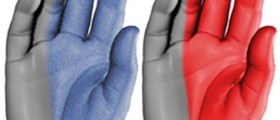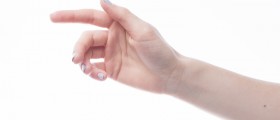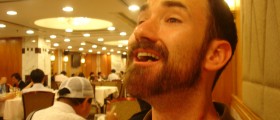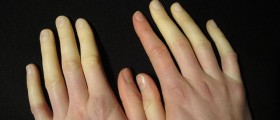
The carpal tunnel is a space in the wrist through which tendons and the median nerve pass. The nerve and the tendons give function, feeling and the ability to move to the fingers. This nerve can be pressed if the size of the canal decreases or if the tendons swell and diminish its size. The condition that develops as a result is known as carpal tunnel syndrome.
Symptoms
One of the first symptoms is pain, numbness or burning sensation in the thumb and fingers of the arm whose wrist is pressed. People usually at first start complaining about the gripping strength that has been diminished. Pain and numbness start in the arm and extend to the shoulder and neck.
Causes
Causes of carpal tunnel syndrome are mostly unknown. The pressure on the median nerve can be caused by number of reasons, one of which is swelling of the tendons in the canal, but also tumor, and vascular malformation. Other reasons that cause CTS can be work, although the connection between work and CTS is not supported scientifically. There are certain claims that CTS is caused by repeated movements and specific wrist postures, but there is no evidence that this in particular causes CTS. Other causes of carpal tunnel syndrome are pregnancy, since fluids are retained in the body, obesity, excessive typing, rheumatoid arthritis and other conditions that cause inflammation of the tendons, injuries of the wrist such as fractures, all other conditions whose result is water retention in the body, tumors which can cause pressure in the carpal tunnel, and smoking which obstructs blood flow to the median nerve.
Diagnosis and treatment
If any of the symptoms previously mentioned are noticed, it is strongly suggested a person visits a doctor. The doctor may then ask about the patients daily routine, about if the patient is pregnant, he will check feeling, strength and the look of the patient's neck, and he may send the patient for blood tests. If the doctor suspects CTS, he may send the patient for electrophysiological testing, or may perform Phalen's maneuver, Tinel's sign or Durkan test. Since other conditions have similar symptoms and may be mistaken for CTS, the best way of being sure is to do electrophysiological testing. There are scientific treatments for CTS and those promoted by the manufacturer of a specific device. Treatments that are generally accepted and that have been scientifically approved are splinting or bracing, steroid injections, medications, physical and occupational therapy and surgery of the carpal ligament.
Prevention
If the carpal tunnel syndrome is genetically predetermined, then there is probably no way of preventing it. However, people who believe that CTS is preventable, promote developing healthy habits and healthier lifestyle by introducing omega-3 fatty acids and other vitamins in the diet, avoiding stress and exercising regularly.

















Your thoughts on this
Loading...